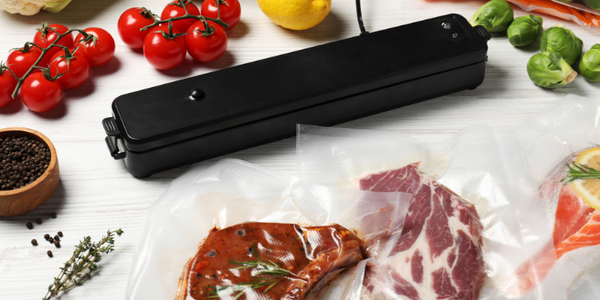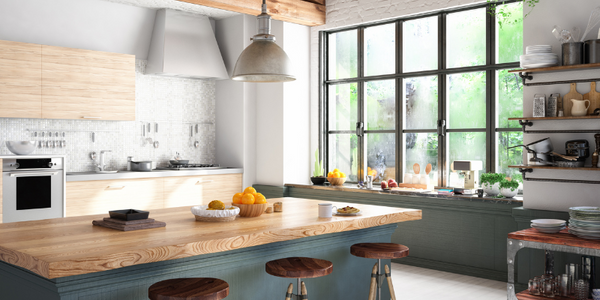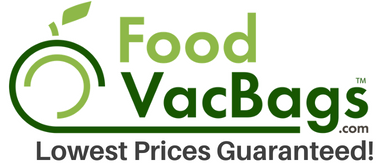Posted on March 23 2015

One of the best methods for preserving meat, seafood and produce is packaging them in airtight and water-resistant FoodVacBags vacuum sealer bags and freezing them. The bags work well to keep food fresh and safe from freezer burn and can preserve items for weeks, months and, in some cases, even years. There are some foods, like fruits and vegetables, that require a little preparation before being vacuum sealed and frozen. Here's how to do it:
Vegetables
Because vegetables have certain important enzymes, they need to be blanched before being frozen. This will help them retain their color, flavor and nutritional value, which can all be lost while sitting for long periods of time in a freezer. Keep in mind that blanching methods differ and each vegetable requires a specific amount of time to blanch it correctly.
The easiest at-home method for blanching requires boiling water and a wire basket. Fill a pot with water and bring it to a boil, then lower the wire basket full of vegetables into it. Because you have to time blanching precisely, start the timer as soon as the water returns to a boil. When the vegetables are finished, remove them from the pot and put them immediately in a container of ice cold water. This will stop the cooking process. Drain them and let them dry completely before sealing them in FoodVacBags vacuum sealer bags.
Fruits
While fruits don't require blanching, some of them are too delicate to be packaged with a vacuum sealer in their fresh state. Pre-feeze any berries (and other soft fruits) before sealing them in vacuum sealer bags. Simply arrange the fruits and berries in a single layer on a baking sheet covered in wax or parchment paper. Freeze them until they're solid, then sort them into pouches, seal and freeze!
Related Posts

Troubleshooting Common Vacuum Sealing Issues: Tips for Optimal Performance

10 Kitchen Cleaning Hacks You Need to Try (Because Who Doesn’t Want a Sparkling Kitchen?)



Hello Maryanne – We have not had any cases of botulism due to vacuum sealing brought to our attention.
Are there any reported cases of botulism out there related to vacuum sealing ? (I jst purchased a vacuum sealer but didn’t think about that possibility before I bought it.)
My wife and I use very little bacon and we kept letting it get old in the fridge. I finally occurred to me to freeze it. First attempt was a mess as I didn’t separate the bacon pieces and it was impossible to separate individual pieces. I then started cutting the strips in half, spread on a cookie sheet and freezing before returning to the freezer. Even in a zip-lock, it keeps fresh much longer. I do use a lot of VacBags for meat and veggies and like the convenience of not using rolls.